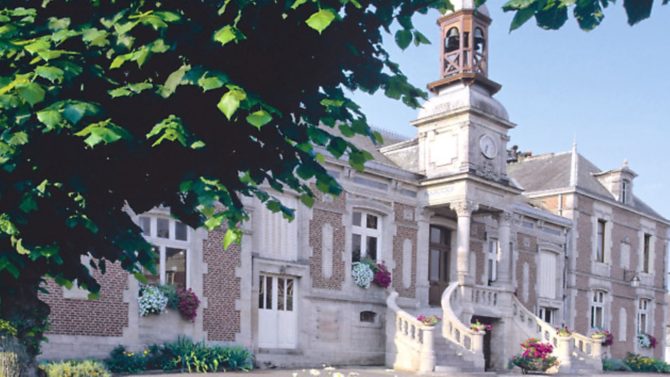A guide to the French education system

A simple guide to the French education system, explaining the different types of schools for each age, from maternelle to lycée
Maternelle
Most children attend nursery school (maternelle) from the age of three, leaving at the age of six. The aim of maternelle is to aid the early development of small children and in the last two years, to prepare them for entry into primary school. Most nursery schools are affiliated to, and work alongside, the local primary schools.
_________________________________________________
Don’t miss
10 differences between French and British schools
What you need ot know about French schools this September
__________________________________________________
Primaire
School attendance in France is obligatory from six years old. although the school year starts in September, a child will enter the first year of primary school known as CP (classe préparatoire) in the calendar year when they turn six. so, if a child is six in January or in October, they will both start school in the september of the same year.
Class sizes are between 20-30 pupils, normally made up of children in the same academic year, although in more rural areas, classes can consist of mixed ages requiring the teacher to cover several curricula at once.
In theory, parents can now choose which school their child attends since the abolition in 2007 of the carte scolaire– legislation that stated children should attend the school in their catchment area. The idea was to give access to all and create greater social diversity in schools. However, in practice, priority is still given to those who live in the community.
You can register your child at a school via the mairie(you need a birth certificate, medical records and proof of address), although if your child is already at the associated maternelle, they will automatically be registered to go up into primary school.
From September 2014, all children at primary level must attend school for four and a half days. the school day is eight hours long, usually starting at 8.30am, with a two-hour lunch break.
Pupils are evaluated at two stages during their primary school education: at the end of the second and final years, to assess whether pupils across the country are achieving sufficiently high standards.
_________________________________________________
Don’t miss
How I survived as a British child at a French school
12 things you should know about French schools
_________________________________________________
Collège
Similar to secondary school in the UK, there is a core mandatory curriculum and pupils can choose from a selection of other subjects. Following tests at the end of each term, they receive an achievement mark scored from one to 20. A school report relays the marks to parents, with a comment from the teacher.
Pupils are orientated towards an academic or vocational baccalauréat depending on their ability during their final year (troisième) at middle school, when they are aged 14 or 15. Many in the French educational sector believe this can evaluate the future potential of younsters too early, which can be to the detriment of late developers.
Pupils sit their first official examination known as the brevet des collèges, roughly equivalent to GCSEs, at the end of their final year of collège. the brevet is not a prerequisite for going on to lycée, but results can play a role in a pupil’s subsequent choice of baccalauréat and will often appear on a young person’s early CV.
_________________________________________________
Don’t miss
5 things I learned when my children started a French school
Why are French school dinners so good?
_________________________________________________
Lycée
Students enter lycée aged 15, where they study for the baccalauréat for three years. Lycéeis the equivalent of sixth form or college in the UK, and the various baccalauréat options are equivalent to A-levels or a BTEC.
There are three different baccalauréats. The academic bac général offers three choices: scientifique (physical sciences plus maths), économique et sociale (economics, social sciences and maths), and littéraire (French, languages, philosophy, history/geography and the arts) – all preparing for university entry.
The bac technologique is a mix of academic and vocational learning, leading to more specific career-targeted university courses. Finally, the bac professionnel prepares students seeking to step straight into the workplace after finishing high school.
Many lycées specialise in one of the three types of baccalauréat, which can mean for some students in rural areas choosing a lycée away from home and boarding mid-week.
Around 80% of French youngsters continue their studies beyond the permitted leaving age of 16. Many of these go on to further study at university, where the system is much more diverse than in the UK.
Found this useful? Then check out 10 differences between French and British schools
Do you have a specific question about education in France? Visit our forum to ask those who have been there, done that.
Share to: Facebook Twitter LinkedIn Email


